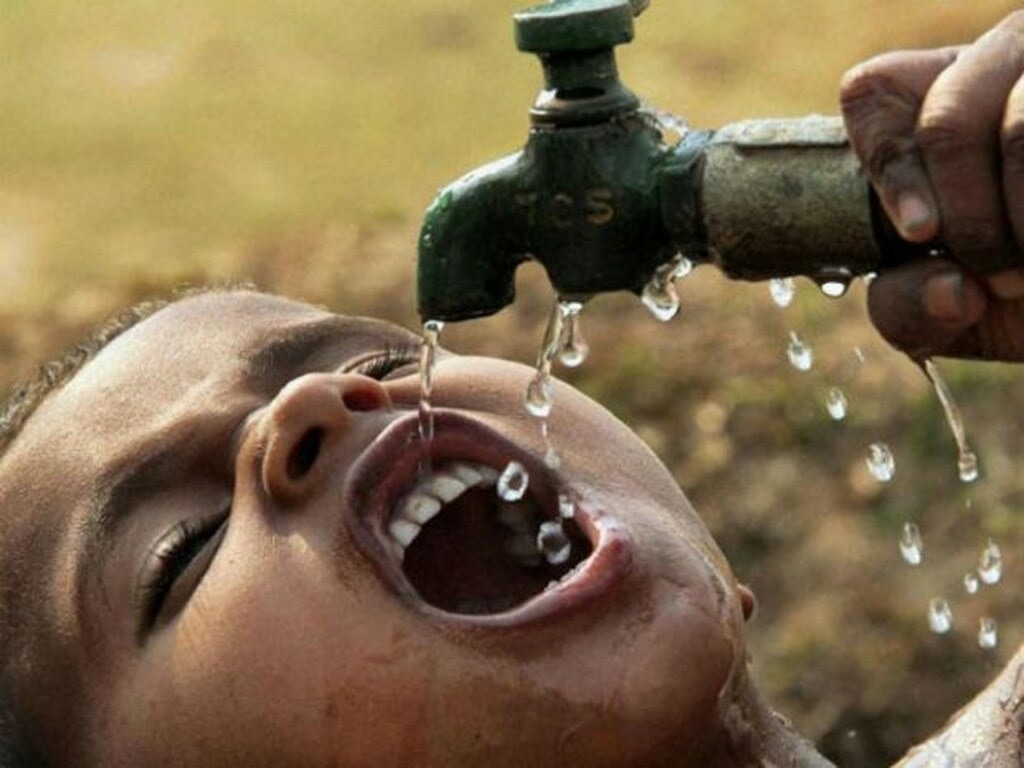
Introduction
Karachi, Pakistan’s largest and most populous city, is facing an escalating water crisis that threatens the health, economy, and stability of its over 20 million residents. Despite being located near the Indus River and the Arabian Sea, the city struggles with acute water shortages, poor infrastructure, and mismanagement of resources. This article explores the causes, impacts, and potential solutions to Karachi’s severe water crisis.
Causes of Karachi’s Water Crisis
1. Rapid Urbanization and Population Growth
Karachi’s population has surged due to rural-to-urban migration, putting immense pressure on its water supply systems. The city’s infrastructure, designed decades ago for a much smaller population, cannot keep up with demand. Illegal settlements and unplanned urbanization further strain resources.
2. Inefficient Water Distribution System
The Karachi Water and Sewerage Board (KWSB) manages the city’s water supply, but aging pipelines, leakages, and theft lead to significant losses. Nearly 40% of water is lost due to leakages and illegal connections.
3. Dependence on a Single Water Source
Karachi relies heavily on the Indus River, primarily through the Kehnji and Hub Dams. However, reduced rainfall, climate change, and upstream water diversions have decreased water availability. The Hub Dam often runs dry, worsening shortages.
4. Groundwater Depletion and Contamination
With insufficient municipal supply, many residents rely on groundwater extracted through tube wells. Over-extraction has led to declining water tables, while industrial waste and sewage infiltration have contaminated aquifers, making water unsafe for consumption.
5. Political and Administrative Failures
Poor governance, corruption, and lack of investment in water infrastructure exacerbate the crisis. Political interference in water distribution leads to inequitable supply, with some areas receiving ample water while others face prolonged shortages.
Impacts of the Water Crisis
1. Health Hazards
Contaminated water causes waterborne diseases such as cholera, typhoid, and hepatitis. Poor sanitation due to water shortages increases the risk of epidemics, particularly in low-income neighborhoods.
2. Economic Losses
Industries and businesses suffer from water shortages, leading to reduced productivity. The textile, manufacturing, and food sectors are particularly affected, impacting Pakistan’s economy.
3. Social Unrest and Inequality
Water scarcity fuels conflicts between communities. Tanker mafias exploit shortages by selling water at exorbitant prices, disproportionately affecting the poor.
4. Environmental Degradation
Over-pumping of groundwater leads to land subsidence, while untreated industrial waste pollutes rivers and coastal areas, harming marine life.
Possible Solutions to Karachi’s Water Crisis
1. Infrastructure Modernization
- Repairing Leakages: Upgrading pipelines and reducing water theft can save millions of gallons daily.
- New Dams and Reservoirs: Constructing additional dams (e.g., K-IV Project) can enhance storage capacity.
- Desalination Plants: Utilizing seawater through desalination can provide an alternative source.
2. Improved Governance and Policy Reforms
- Strict Regulation: Crackdown on illegal water connections and tanker mafia operations.
- Decentralized Management: Empowering local bodies for better water distribution.
3. Rainwater Harvesting and Conservation
- Encouraging rainwater harvesting in residential and commercial areas.
- Public awareness campaigns on water conservation.
4. Wastewater Recycling
- Treating and reusing wastewater for agriculture and industrial purposes.
5. Sustainable Groundwater Management
- Regulating tube-well usage to prevent over-extraction.
- Recharging aquifers through artificial methods.
Conclusion
Karachi’s water crisis is a multi-faceted issue requiring immediate action. Without sustainable solutions, the city risks severe humanitarian and economic consequences. Government intervention, public cooperation, and technological advancements are essential to ensuring a stable water supply for Karachi’s future.
By addressing infrastructure gaps, improving governance, and adopting innovative water management strategies, Karachi can overcome its water woes and secure a sustainable future for its residents.
